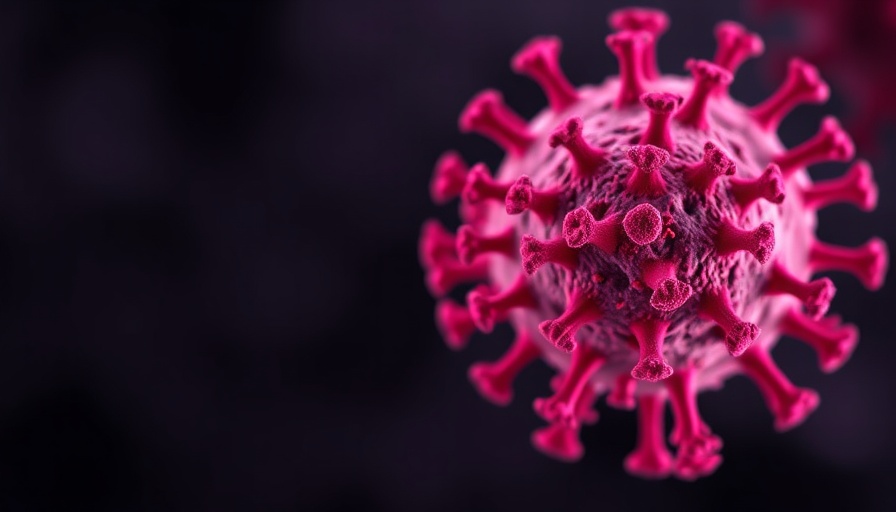
Impact of Foreign Aid Cuts on Global HIV Efforts
The recent cuts in foreign aid announced by several leading nations pose a significant threat to global public health initiatives, particularly in the fight against HIV. With the U.S. government responsible for a staggering 73% of HIV funding in 2023, the suspension of foreign aid has the potential to reverse years of progress. It is estimated that without adequate funding, we could see more than 10 million additional HIV infections and nearly 3 million related deaths by 2030.
The Severity of HIV: Beyond Infection Rates
HIV continues to be a chronic health condition affecting millions worldwide. Even though there have been advancements in treatment, with modern methodologies allowing individuals to manage the virus effectively, the looming funding cuts jeopardize access to these life-saving resources. As a result, the global health landscape is at risk of witnessing a resurgence in new infections and deaths, primarily in regions that have historically been hardest hit.
Understanding the Role of PEPFAR
The President's Emergency Plan for AIDS Relief (PEPFAR) has been a cornerstone in the fight against AIDS, facilitating programs in over 50 countries. PEPFAR’s interruption can derail essential services such as testing, treatment, and education, leading to severe public health consequences. Many beneficiaries who rely on these programs could suffer from lack of diagnostics and medical care, reducing the overall quality of life.
The Stakes for HIV in High-Infection Regions
The focus must remain on Africa, where the burden of HIV is the highest. Recent statistics indicate that two-thirds of all individuals living with HIV reside in sub-Saharan Africa. The financial turbulence caused by foreign aid reductions threatens not just the health systems but the very fabric of communities already grappling with various socio-economic challenges.
Why Community Health Matters
The implications of these funding cuts extend beyond HIV to overall community health. A reduction in resources allocated to HIV prevention undermines broader strategies aimed at combating sexually transmitted infections and improving maternal and child health services. If communities cannot access essential health services, the health and wellness of entire populations are compromised.
Looking Ahead: Possible Mitigation Strategies
As we confront this dire scenario, it is crucial to advocate for policies that preserve HIV funding. Governments and health organizations must rally together to propose alternative funding mechanisms and engage the private sector in supporting public health initiatives. Innovative solutions, like increasing investments in digital health, can also play a role in maintaining healthcare access, particularly in low-resource settings.
Actionable Insights for Individuals
For health-conscious individuals, understanding the interplay between systemic funding and personal health outcomes can empower collective action. Engaging in conversations about community health, supporting local health initiatives, and advocating for sustained funding are vital steps. Individuals can also participate in health and wellness events to elevate awareness and contribute to preventive measures within their communities.
Final Thoughts: The Community We Build
The ramifications of cutting foreign aid extend beyond statistics; they impact real lives. As we push through the complexities of public health financing, let’s remember that our communities thrive on access to comprehensive health services. Staying informed, advocating for public health, and supporting community health initiatives can contribute to a better future for everyone. Every voice matters in the fight against HIV.
 Add Element
Add Element  Add Row
Add Row 



 Add Row
Add Row  Add
Add 


Write A Comment